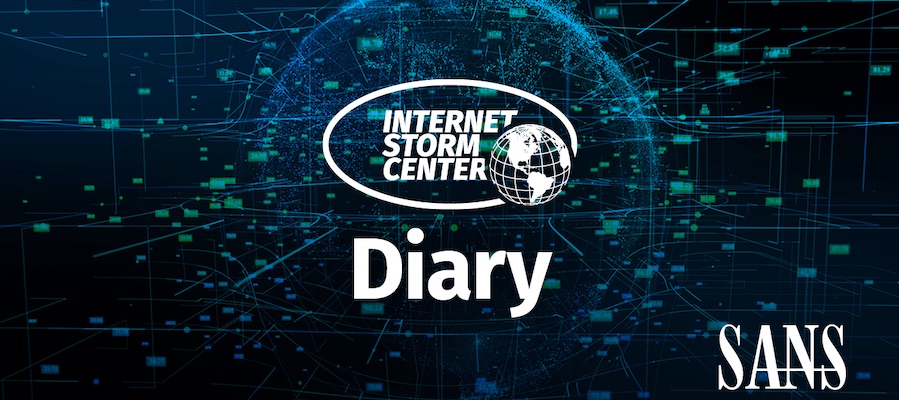Today, I published the following diary on isc.sans.edu: “The Importance of Malware Triage“: When dealing with malware analysis, you like to get “fresh meat”. Just for hunting purposes or when investigating incidents in your organization, it’s essential to have a triage process to reduce the noise and focus on really
